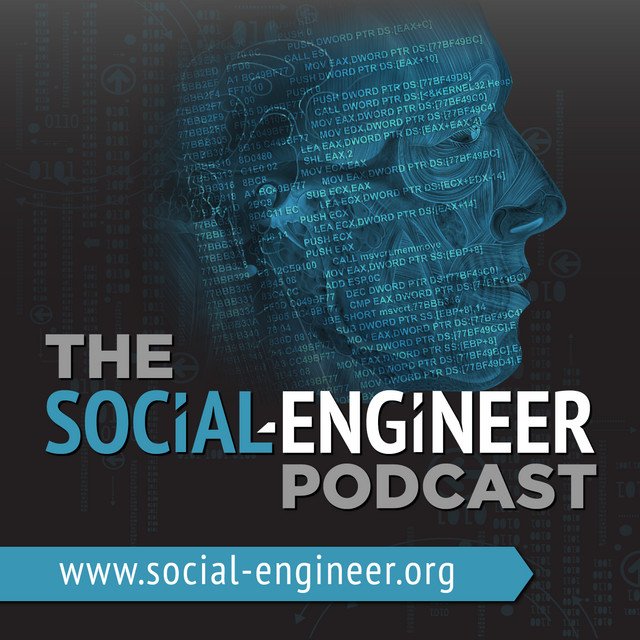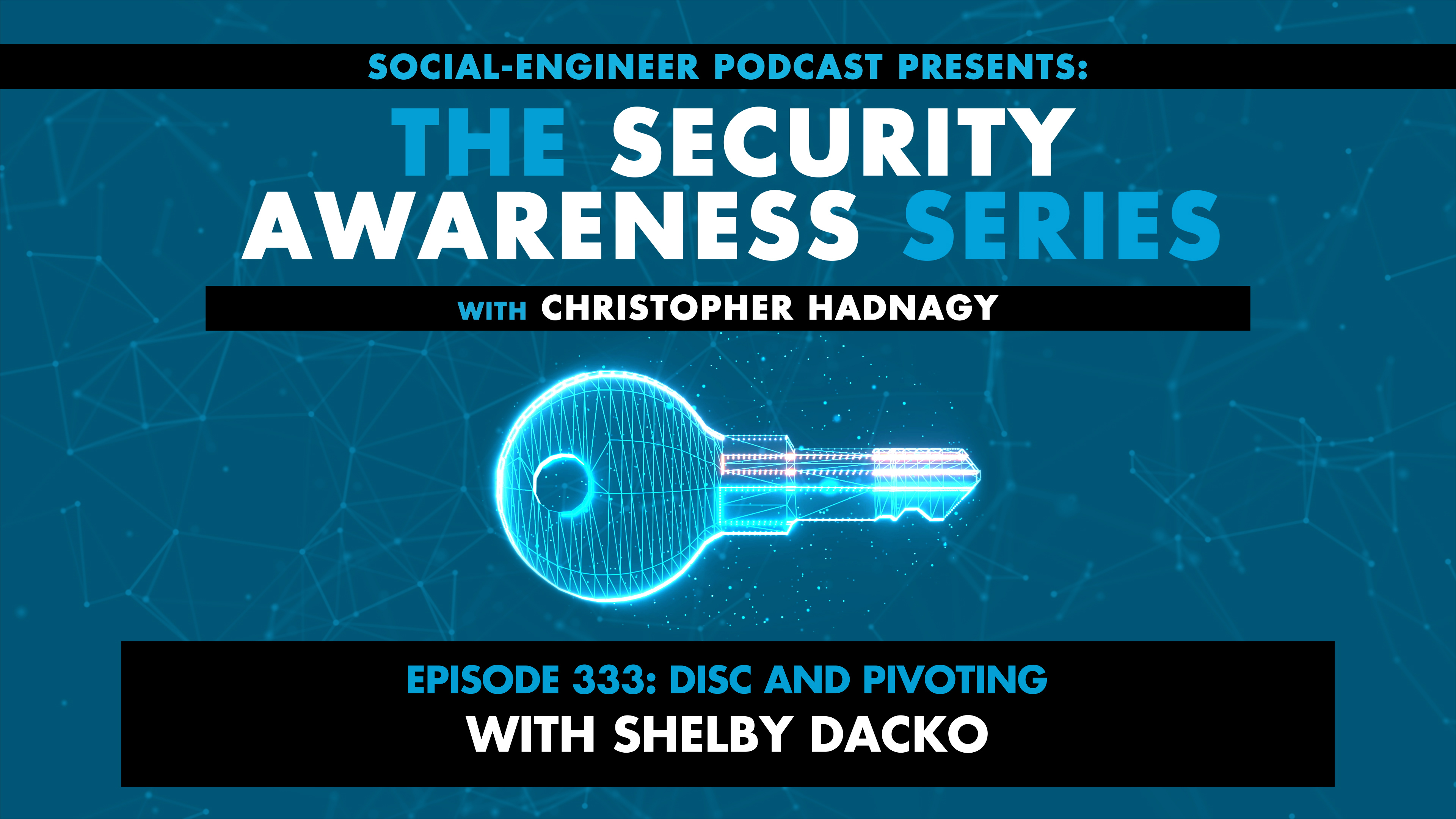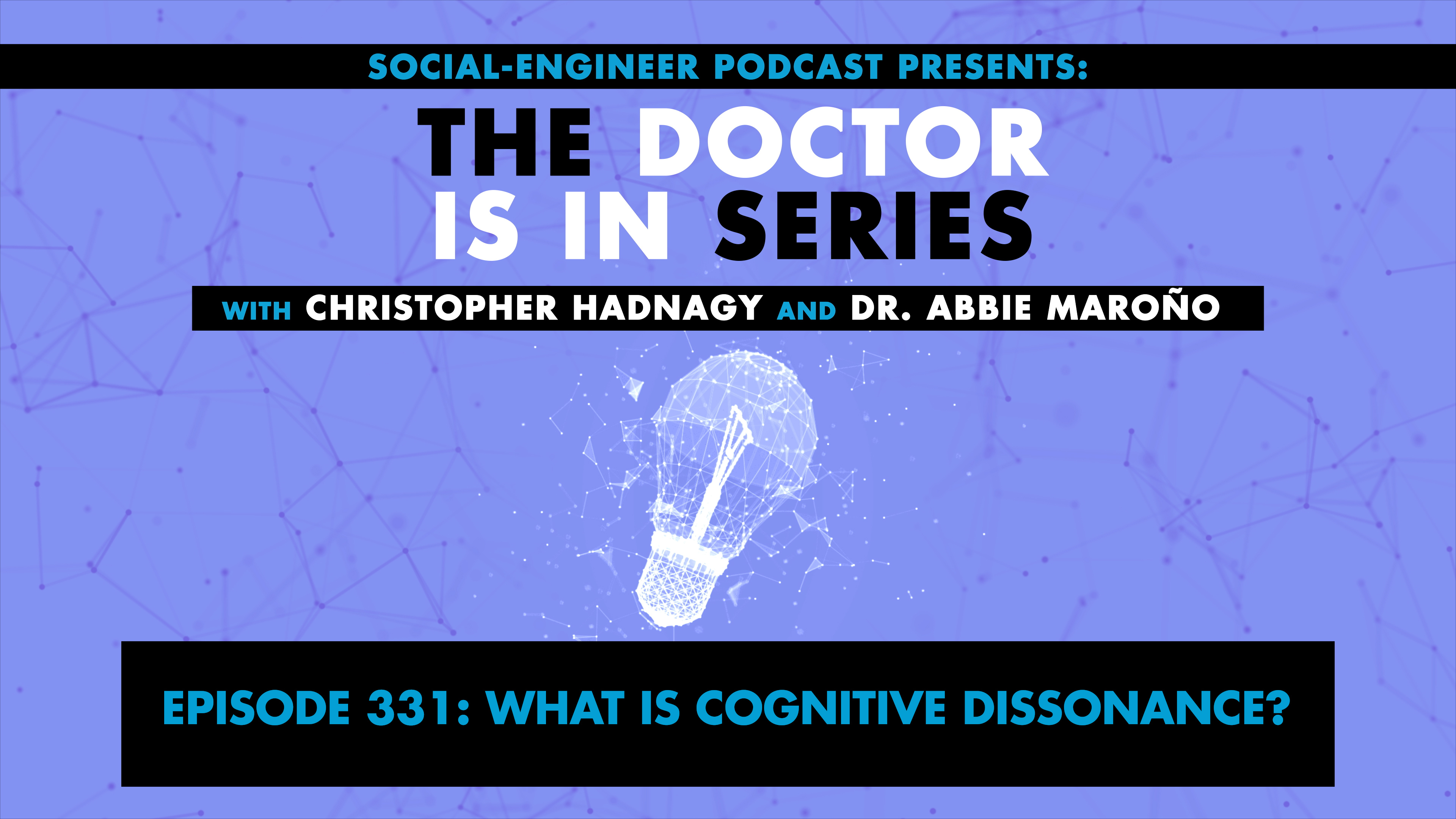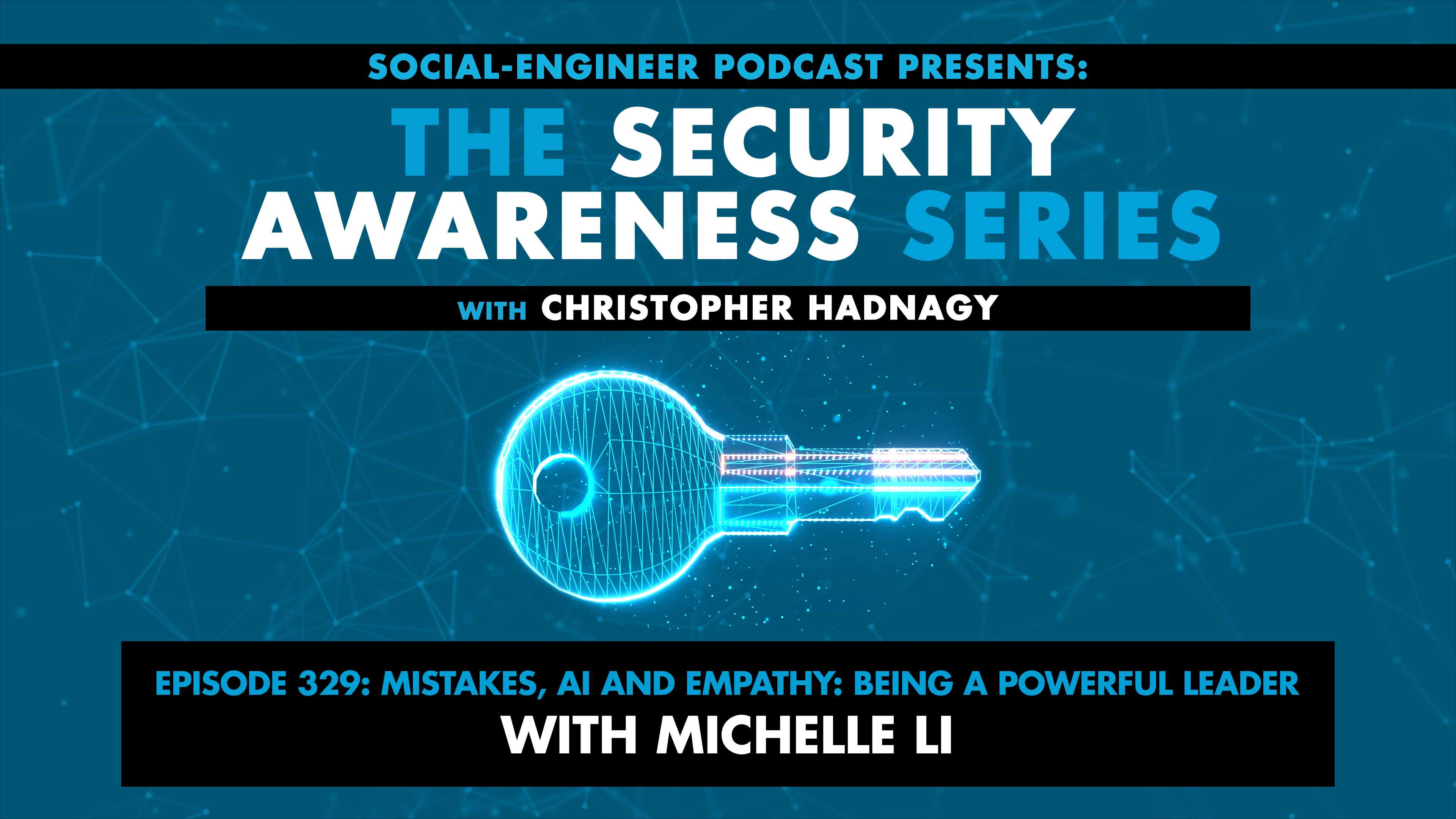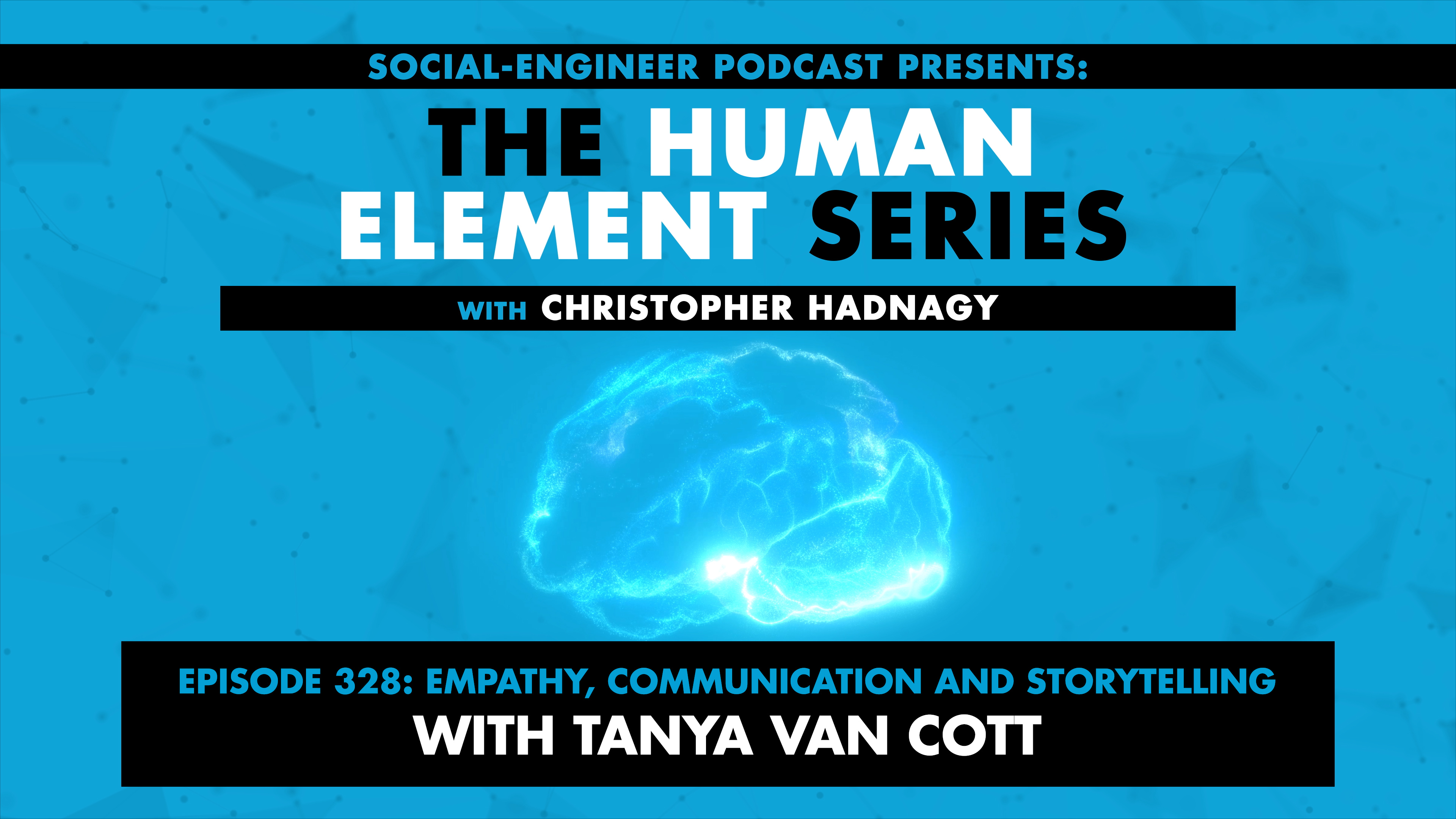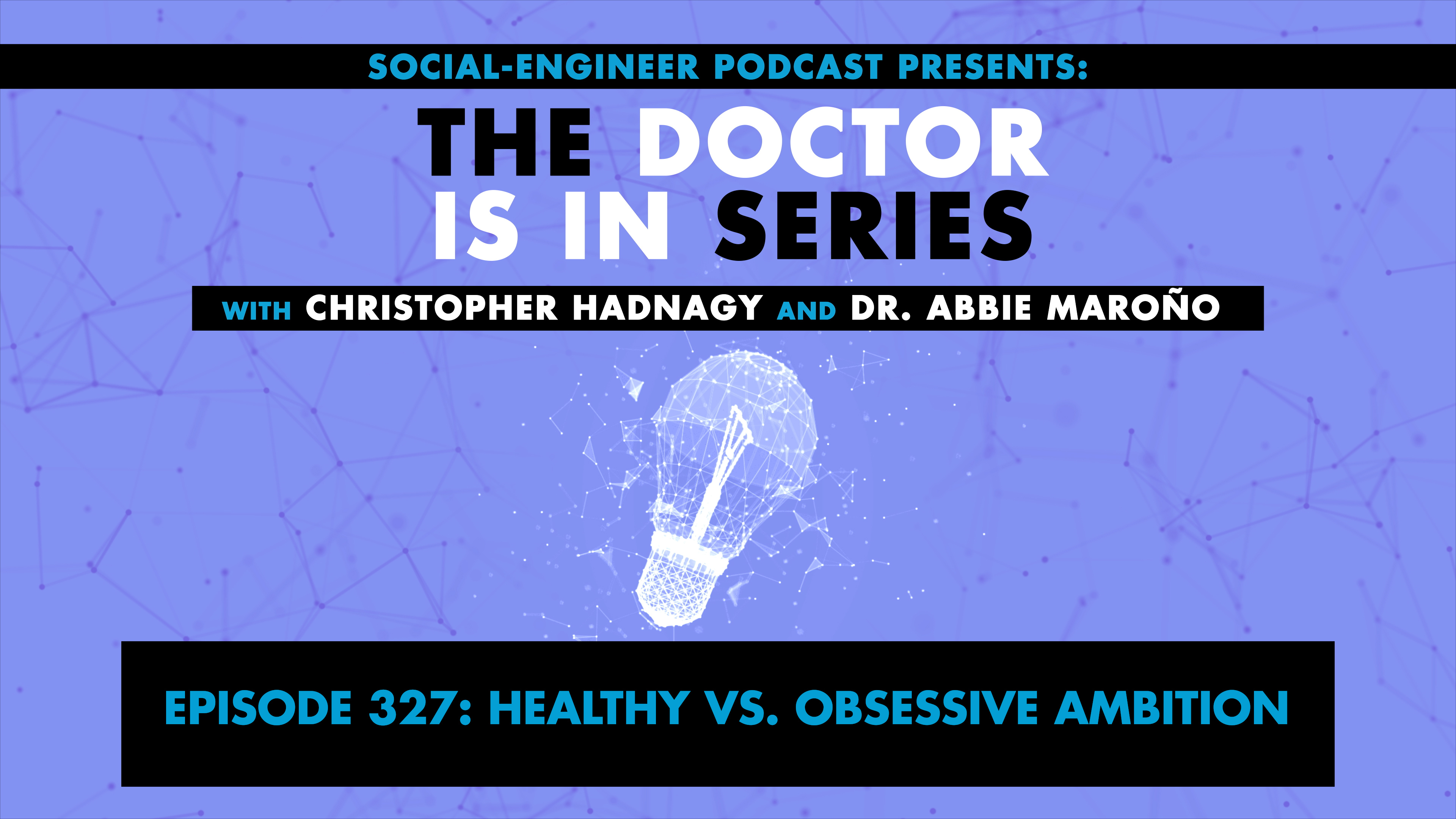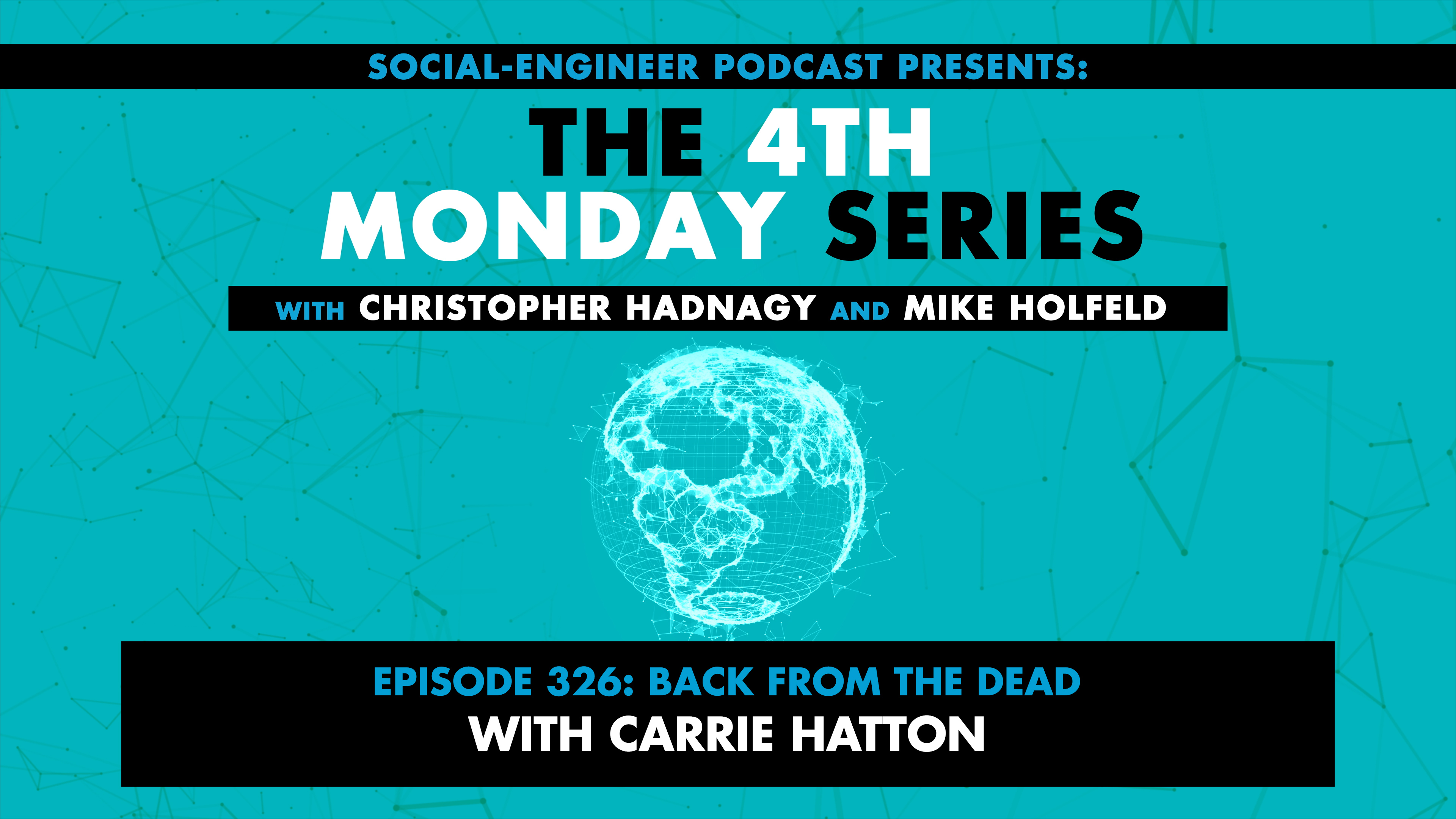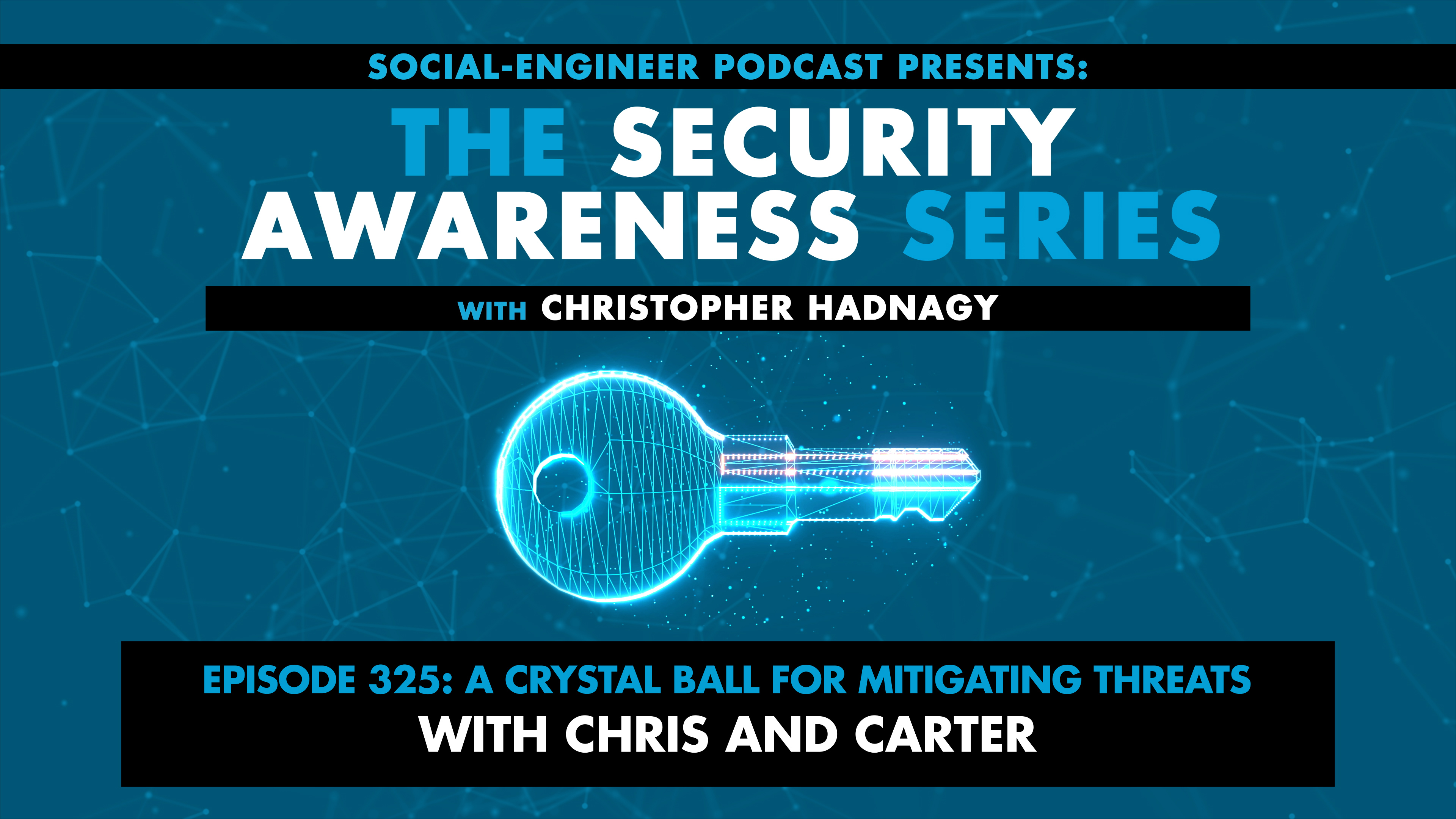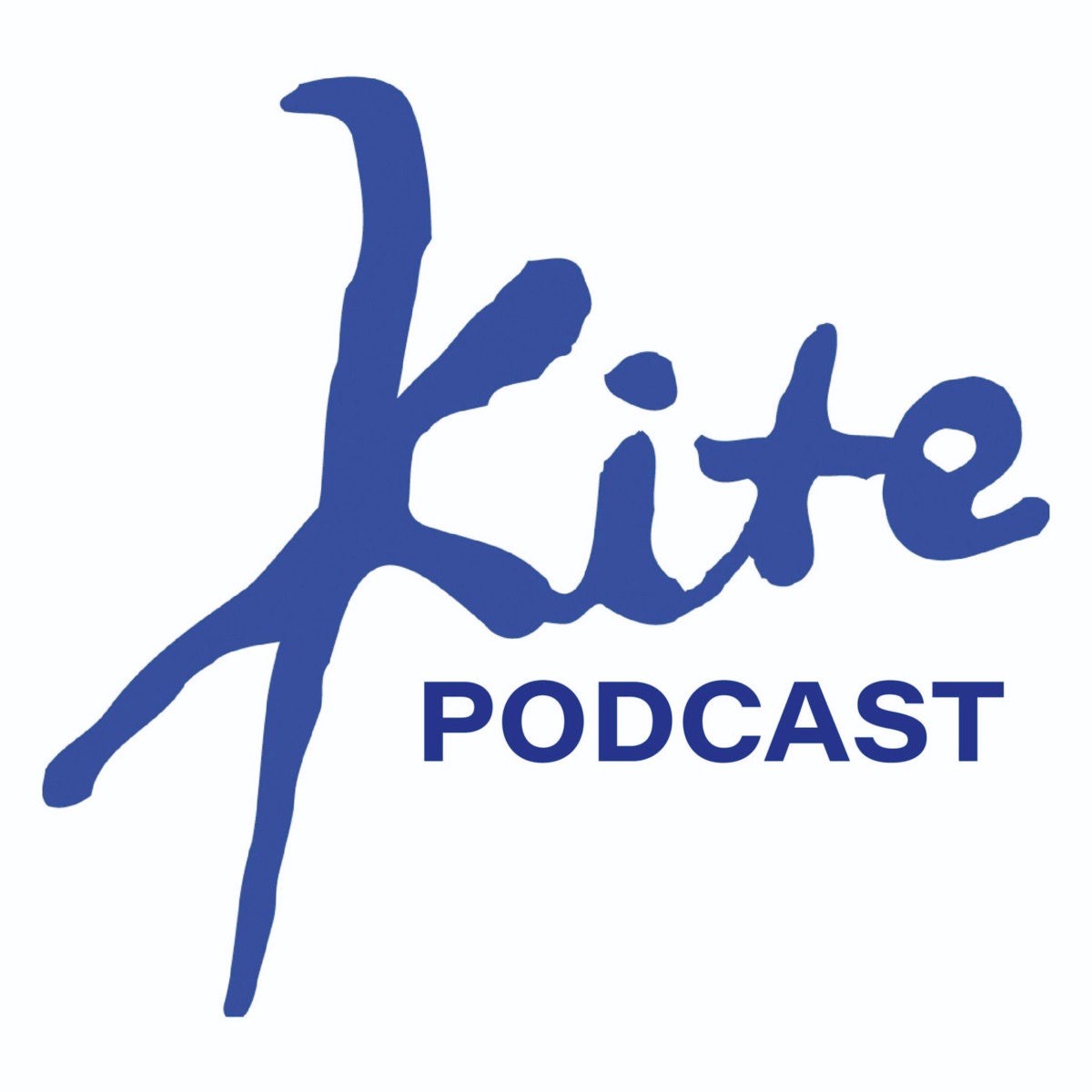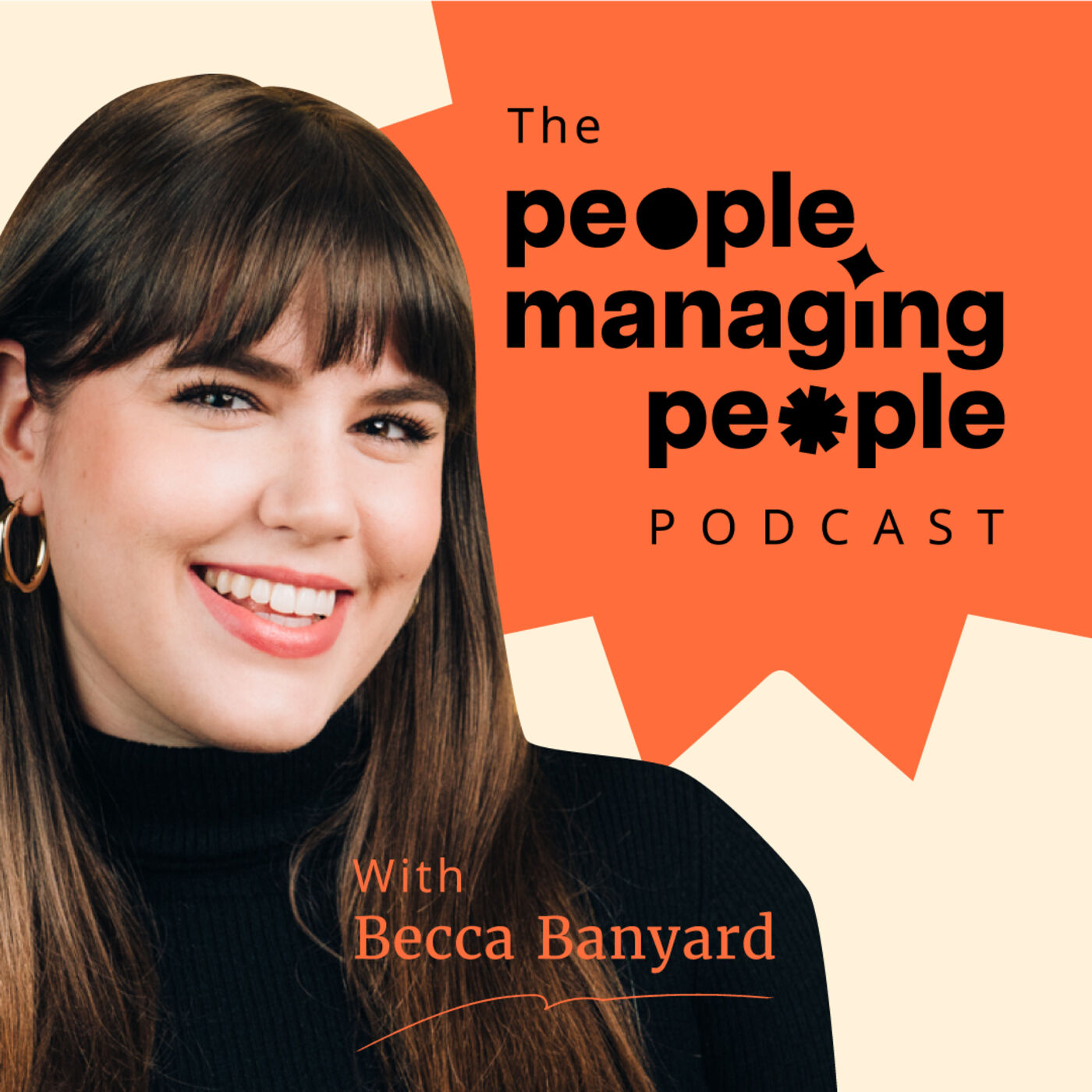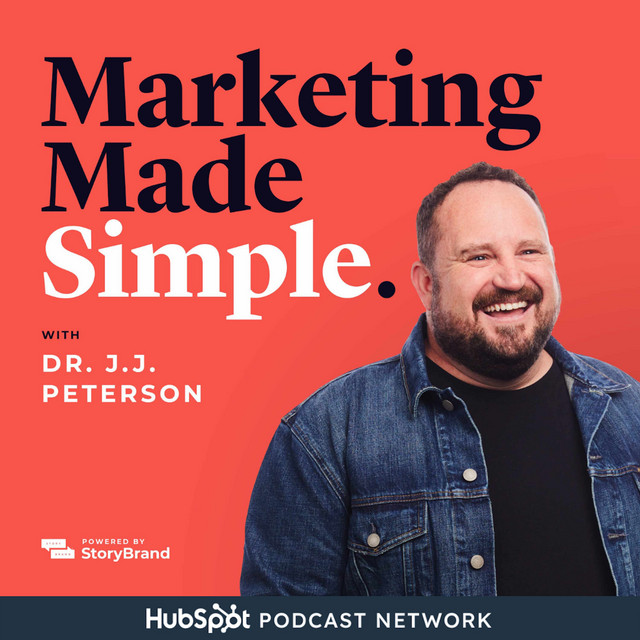Welcome to the Social-Engineer Podcast: The Doctor Is In Series – where we will discuss understandings and developments in the field of psychology.
In today's episode, Chris and Dr. Abbie explore cognitive dissonance, focusing on its impact on self-concept and emotional regulation. They discuss how dissonance occurs when actions conflict with core beliefs, creating psychological tension. Emphasizing self-awareness and reflection, they warn against rationalizing harmful behaviors and highlight the importance of embracing discomfort for personal growth and identity development. [Dec 1, 2025]
00:00 - Intro
00:26 - Dr. Abbie Maroño Intro
00:43 - Intro Links
- Social-Engineer.com - http://www.social-engineer.com/
- Offensive Security Vishing Services - https://www.social-engineer.com/offensive-security/vishing/
- Offensive Security SMiShing Services - https://www.social-engineer.com/offensive-security/smishing/
- Offensive Security Phishing Services - https://www.social-engineer.com/offensive-security/smishing/
- Call Back Phishing - https://www.social-engineer.com/offensive-security/call-back-phishing/
- Adversarial Simulation Services - https://www.social-engineer.com/offensive-security/adversarial-simulation/
- Social Engineering Risk Assessments - https://www.social-engineer.com/offensive-security/social-engineering-risk-assessment/
- Social-Engineer channel on SLACK - https://social-engineering-hq.slack.com/ssb
- CLUTCH - http://www.pro-rock.com/
- innocentlivesfoundation.org - http://www.innocentlivesfoundation.org/
02:40 - The Topic of the Day: What is Cognitive Dissonance?
05:53 - A Threat to Self-Concept
07:49 - Commitment to Consistency
09:51 - Freedom to Choose
10:51 - Changing Beliefs
14:19 - Trying to Escape
18:21 - Going From Bad to Worse
21:53 - Self-Awareness is Key!
24:55 - Growth Hurts
28:49 - Everything, Not All At Once
29:43 - It's Not A Flaw
31:11 - Wrap Up
31:36 - Next Month's Topic: Is Everyone a Psychopath?
31:52 - Outro
- www.social-engineer.com
- www.innocentlivesfoundation.org
Find us online:
- LinkedIn: linkedin.com/in/dr-abbie-maroño-phd
- Instagram: @DoctorAbbieofficial
- LinkedIn: linkedin.com/in/christopherhadnagy
References:
Aronson, E. (1969). The theory of cognitive dissonance: A current perspective. Advances in Experimental Social Psychology, 4, 1–34.
Bandura, A. (1999). Moral disengagement in the perpetration of inhumanities. Personality and Social Psychology Review, 3(3), 193–209.
Brehm, J. W. (1956). Postdecision changes in the desirability of alternatives. Journal of Abnormal and Social Psychology, 52(3), 384–389.
Festinger, L. (1957). A theory of cognitive dissonance. Stanford University Press.
Kunda, Z. (1990). The case for motivated reasoning. Psychological Bulletin, 108(3), 480–498.
Schumann, K., & Dweck, C. S. (2014). Who accepts responsibility for their transgressions? Personality and Social Psychology Bulletin, 40(12), 1608–1622.
Sherman, D. K., & Cohen, G. L. (2006). The psychology of self-defense: Self-affirmation theory. Advances in Experimental Social Psychology, 38, 183–242.
Staub, E. (1990). Moral exclusion, personal goal theory, and extreme destructiveness. Journal of Social Issues, 46(1), 47–64.
Steele, C. M. (1988). The psychology of self-affirmation: Sustaining the integrity of the self. Advances in Experimental Social Psychology, 21, 261–302.
van Veen, V., Krug, M. K., Schooler, J. W., & Carter, C. S. (2009). Neural activity predicts attitude change in cognitive dissonance. Nature Neuroscience, 12(11), 1469–1474.
